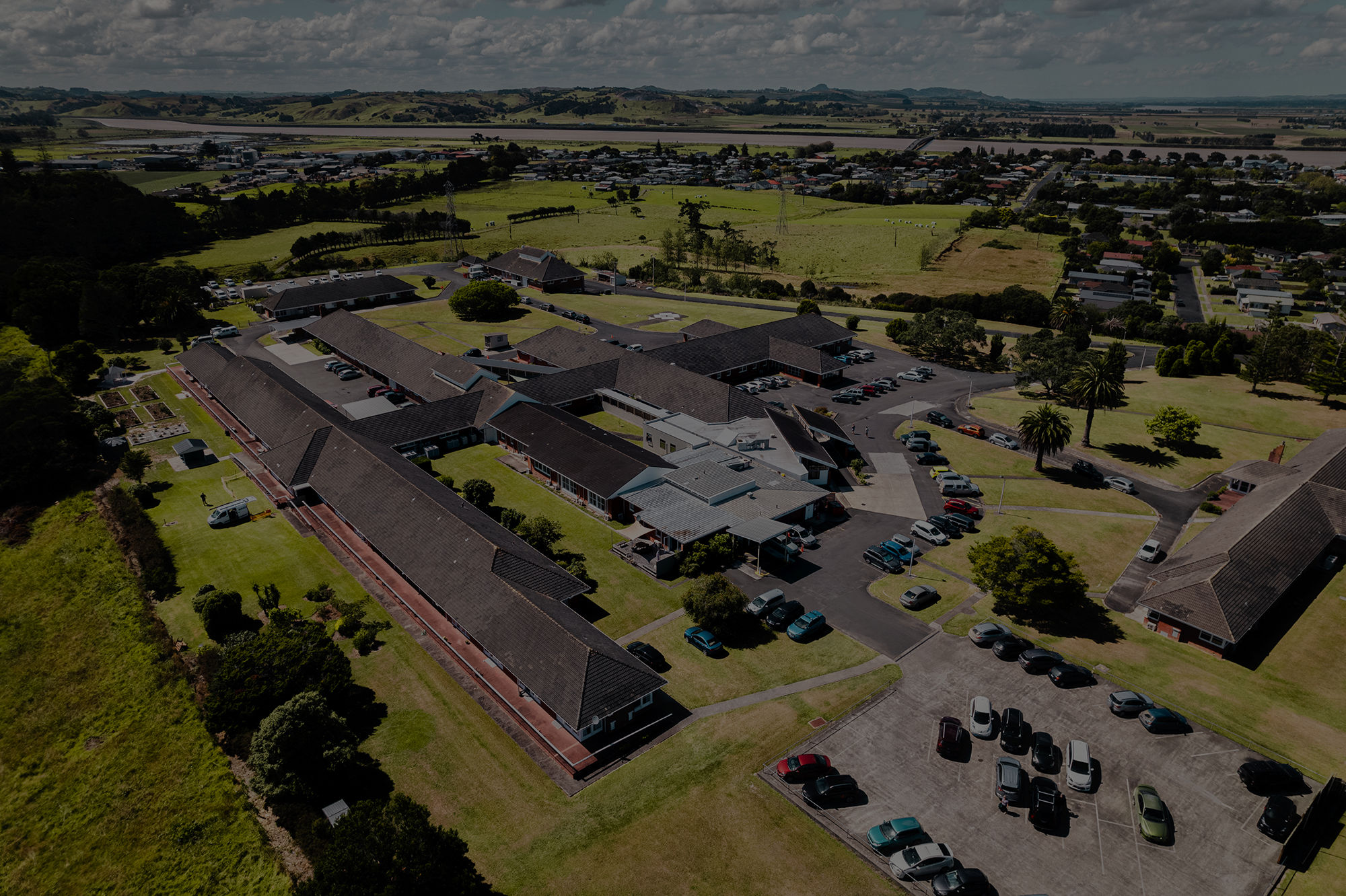
Boiler Replacement - Hospitals

The Government has launched a major new initiative to combat climate change that will require the public sector to achieve carbon neutrality by 2025. The Carbon Neutral Government Programme will require public sector agencies to measure and publicly report on their emissions and to offset any they can't cut by 2025.
Backed by the $200 million State Sector Decarbonisation Fund. The Fund provides grants (which are non-repayable by the recipient) to support changes that reduce carbon emissions by the public sector.
Priority is given to replacing fossil-fuelled boilers since they produce the most emissions, including coal, oil, diesel and gas boilers.
Airzone has a proven track record in designing and delivering excellent heat pump systems at hospitals.
Northland DHB were able to save hundreds of thousands in annual energy costs and maintenance costs along with significant reductions in carbon emissions through the replacement of diesel boilers with heat pump technology.
Kaitaia, Dargaville and Bay of Islands Hospitals were heated with centralised diesel fuelled boilers. We applied newly developed heat-pump technology to replace the boilers which have high operating and maintenance costs.
The upgrades were funded under the EECA Crown Loans Scheme. Dargaville and Kaitaia Hospitals collectively saved over $200,000 on annual energy costs, over $100,000 on annual maintenance costs and a reduction of 794 tonnes of CO2 emissions each year.
We provide New Zealand designed, built, tested and supported systems:
- Our solutions use largely renewable electricity rather than fossil-fuel heating systems with reduced carbon emissions, often exceeding 80% for the same heating performance
- Our industrial heat pumps are often quieter, more reliable and require less maintenance than boiler-based heating systems
- The heating systems are often physically smaller and do not require on-site fuel storage
- Multiple units can be distributed around a site, close to the heating demand, reducing distribution network heat-losses and improving heating system efficiency
- They often have reduced operating energy costs for a given heat demand as the heating process is more efficient
- Our solution is able to raise temperatures to a desired level quickly and is electronically controlled, offer advanced control methods including load management, monitoring and reporting
